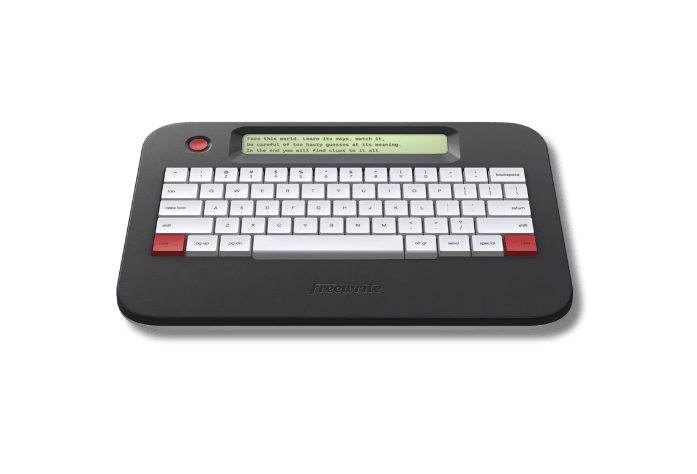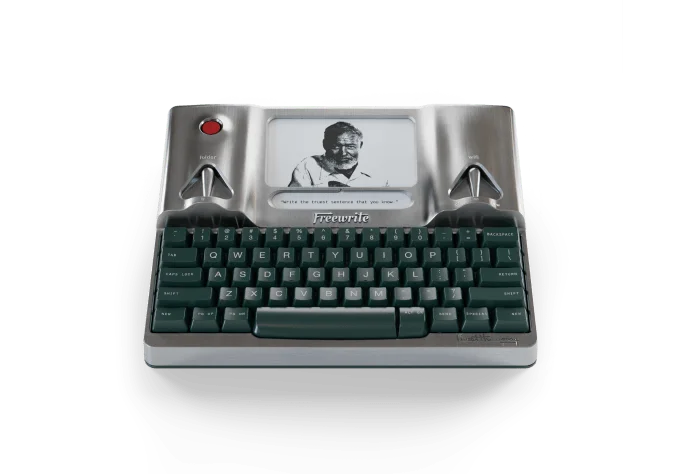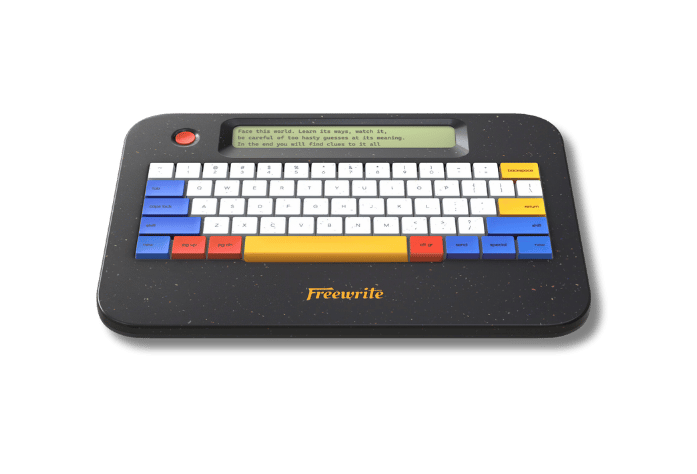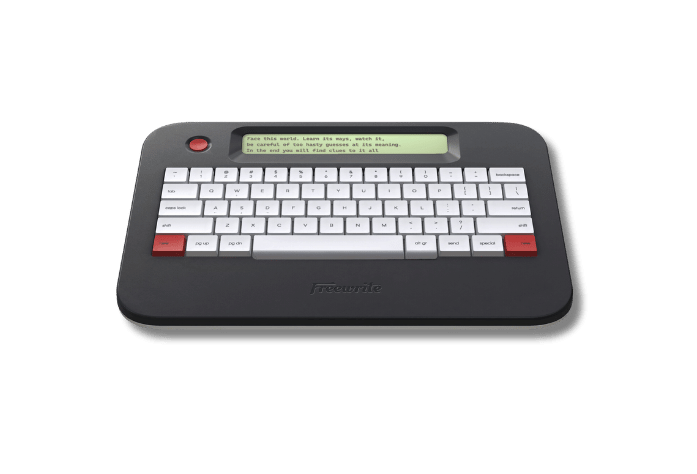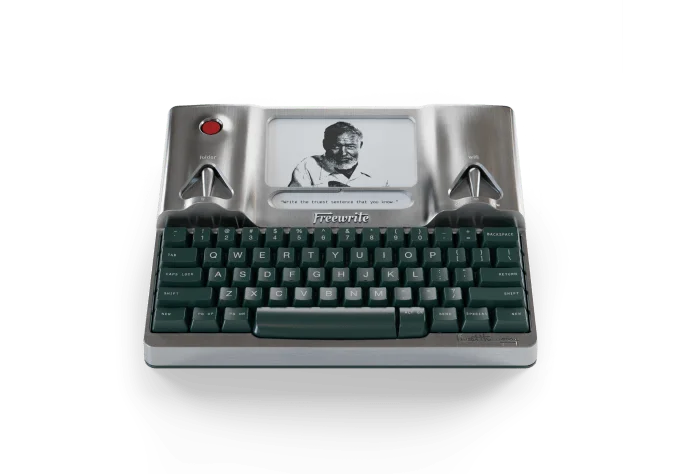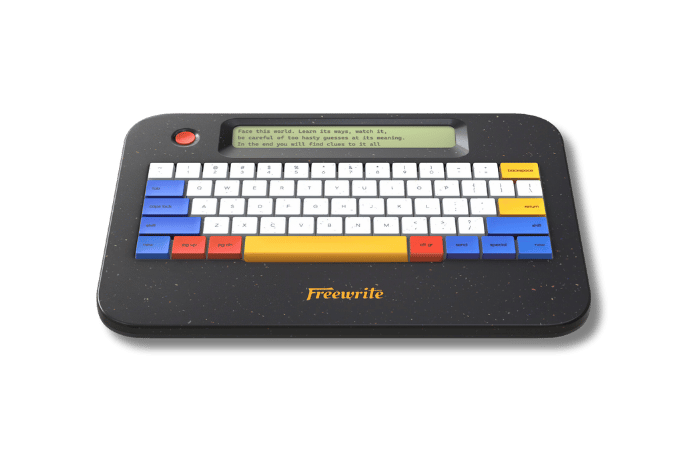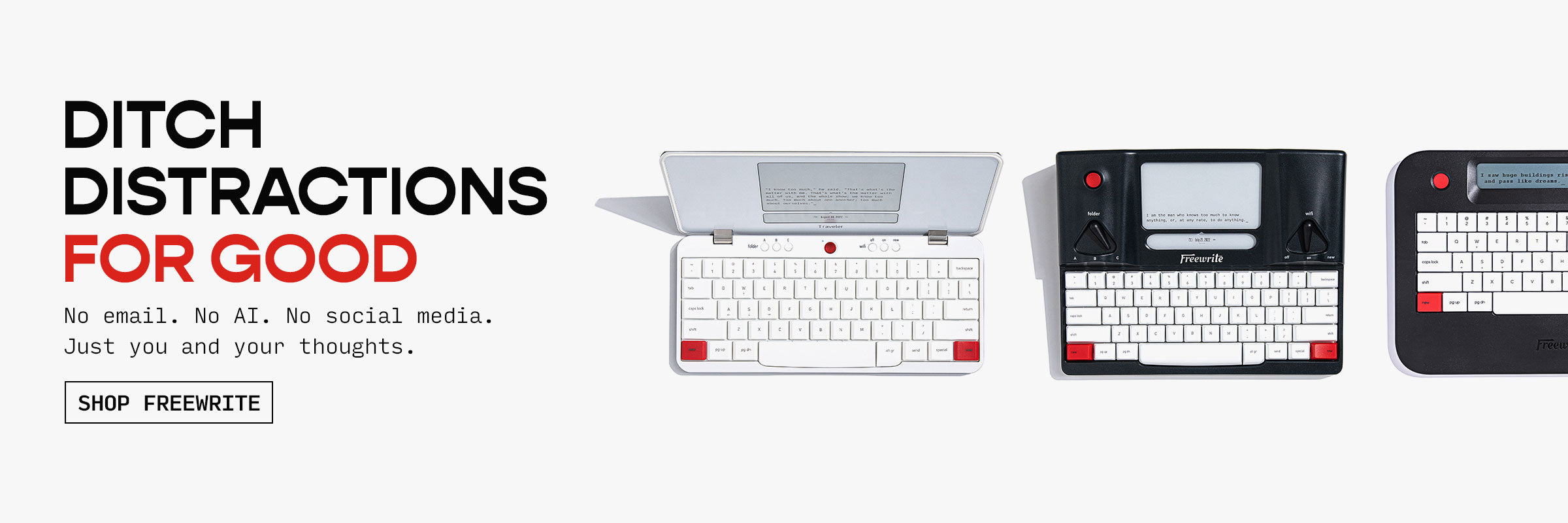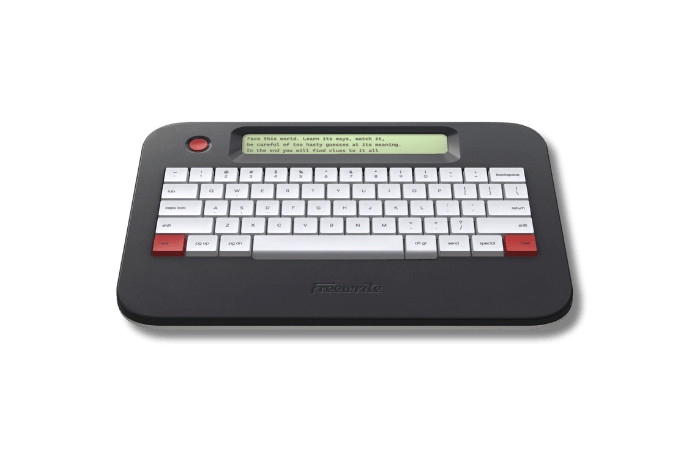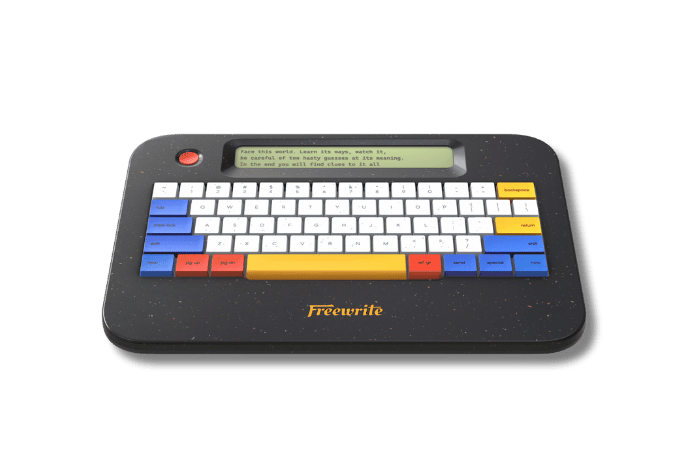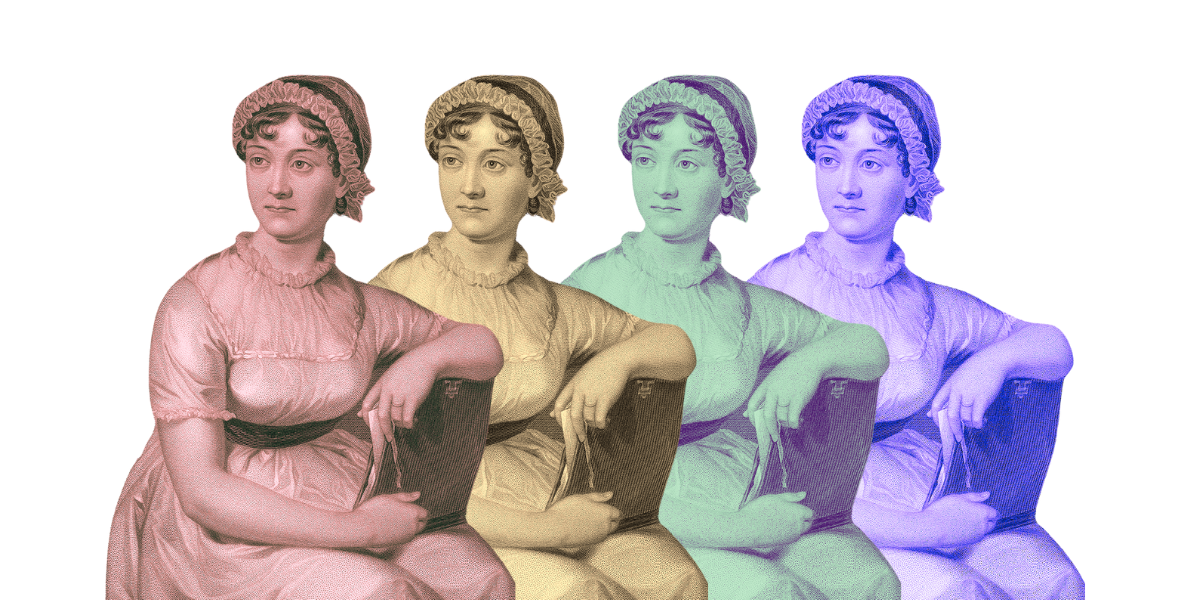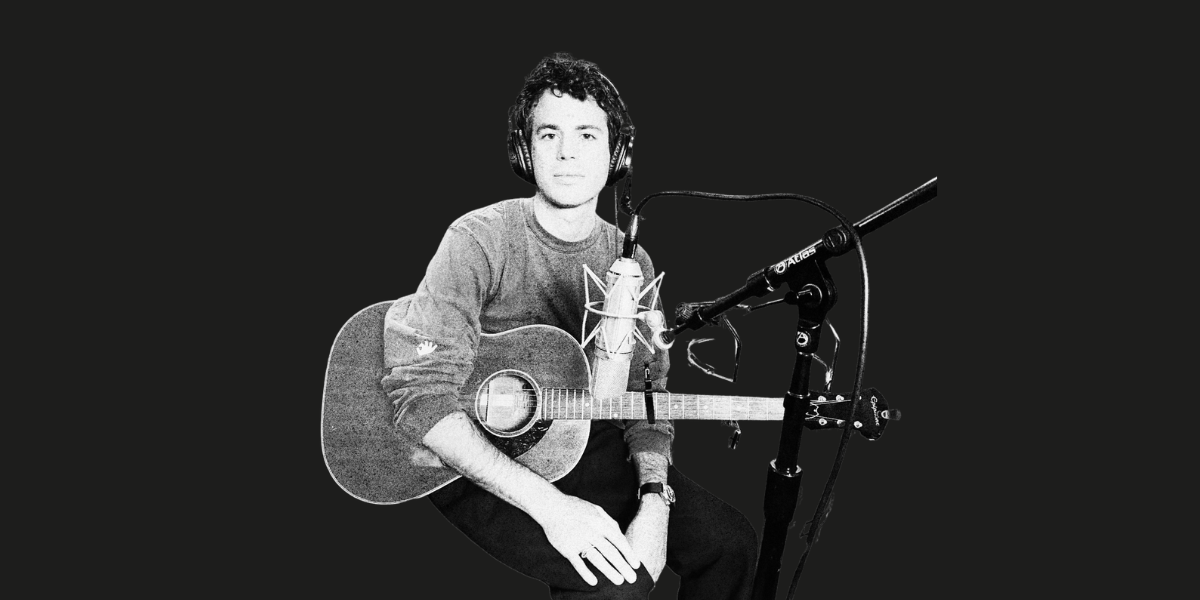What do you think is the most successful Kickstarter campaign of all time? A project for a newfangled smartwatch? Laser engraver? VR headset?
Guess again.

It was high fantasy and science fiction author Brandon Sanderson who almost broke the internet in 2022 when he launched a Kickstarter campaign to publish four new books.
The original goal for this campaign was $1 million. But readers pledged over $20 million in the first 72 hours – making this the literary world’s equivalent of a surprise Beyoncé album drop. By the end of the campaign, 185,341 fans had pledged $41,754,153.
So, what otherworldly magic made this campaign so successful? And what can writers learn from it? Let’s dive in.
The original goal for this campaign was $1 million. But readers pledged over $20 million in the first 72 hours.
The World of Brandon Sanderson: A Whistle-Stop Tour
To understand why this Kickstarter skyrocketed, we first need to get to know the man, the myth, the legend: Brandon Sanderson.
To say Sanderson has an impressive writing resume would be a huge understatement. Many readers discovered him when he was selected to complete The Wheel of Time series in 2007 following the death of the original author, Robert Jordan. Sanderson’s first published novel Elantris had been released only two years previously. But Sanderson was already a prolific writer at this point, having penned 13 novels before his debut hit bookshelves.
Since then, Sanderson has become one of the biggest names in fantasy. He is the creator of the Cosmere fictional universe, and he has published over 70 books. Dizzying, right?
And he does much more than just write. Sanderson has built an empire surrounding his work. In 2019, he founded Dragonsteel Entertainment, which now owns the copyright on many of his books.
Why Did Sanderson Choose Crowdfunding?
In an interview with CBS Saturday Morning, Sanderson explains that Amazon controls "85% of the book market, and about a decade ago, they had contract disputes with my publisher.” As a result of these disputes, Amazon turned off the ability to buy his books for a month.
“For a month, my income vanished,” he said. “And I’ve never forgotten that.”
In a bid to take back control from publishing and distribution giants like Amazon, Sanderson knew he wanted to start taking ownership of his work. (Many authors choose to self-publish for similar reasons.)
With an established market for his books, it was time to cut out the middleman. And so the seed was planted for publishing his own work. But self-publishing is expensive — you have to pay editors, copy editors, proofreaders, cover designers, and marketing folks. How would Sanderson fund it?
Enter: crowdfunding.
“For a month, my income vanished,” he said. “And I’ve never forgotten that.”
The Secret Sauce to a Record-Breaking Kickstarter
So, what factors contributed to Sanderson’s Kickstarter success?
A primed audience, ready to read more
The NYT best-selling author’s preexisting books undeniably contributed to the success of his Kickstarter campaign. Fans of the Mistborn series and The Stormlight Archive, although not expecting these new releases, were already waiting and ready to devour new material.
With an impressive back catalog of books with huge sales, success was expected. But not at this magnitude.
A fun, story-led promotional campaign
Sanderson’s campaign page on Kickstarter set out a clear vision of how he would release these books, including the various tiers and swag boxes up for grabs. He also included a personal and engaging video, telling the story of how he wrote the four novels in secret during lockdown.
Letting fans in on this tightly kept secret added exclusivity and excitement to the project, compelling people to pledge and secure their order before the campaign's end date.
Using the crowdfunding model also makes fans feel like they are a part of their favorite authors’ writing journey. Without their support, the books wouldn’t be printed.
Letting fans in on this tightly kept secret added exclusivity and excitement to the project...
Marketing = community building
Through his podcasts, YouTube channel, regular blog posts, and social media marketing, as well as press interviews and conventional appearances, Sanderson has invited readers into his world. Brick-by-brick, year after year, he has built a strong author brand.
By sharing his journey with readers, he has forged a lasting connection with them. Now, readers root for Sanderson as much as they root for his characters.
Having a loyal readership also compounded Sanderson’s promotional efforts as fans shared their excitement online, helping even more people discover the project.
By sharing his journey with readers, he has forged a lasting connection with them. Now, readers root for Sanderson as much as they root for his characters.
What Writers Can Learn From Brandon Sanderson
Sanderson is an entrepreneur as well as an author. He understands that writing is a business, and he has lots of valuable lessons to teach aspiring and emerging authors. Here are just a few:
1. Get as creative with sharing your work as you do with writing it. Learn the fundamentals of book marketing and think about fun and exciting ways to release your work. Especially if you’re self-publishing, you’re only limited by your imagination.
2. Write on, and on and on. Remember Sanderson wrote 13 books before his debut was published? His journey is a great reminder that there’s no such thing as overnight success. This gig takes perseverance. Write on.
3. Get support from others. Sanderson hasn’t done it all alone. From traditional publishers to a team of 50+ Dragonsteel employees today, he’s had a lot of help along the way. Remember: reach out to others for support when you need it.
Building an author brand big enough to rival Sanderson’s may seem like a fantasy. But plenty of indie authors do succeed in building communities, attracting engaged readers, and crowdfunding their writing projects.
Follow Sanderson’s marketing, and other authors like him, and who knows? You could be the next Kickstarter success story.



